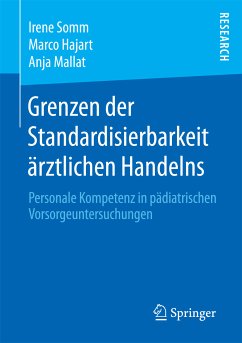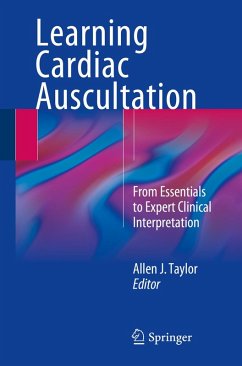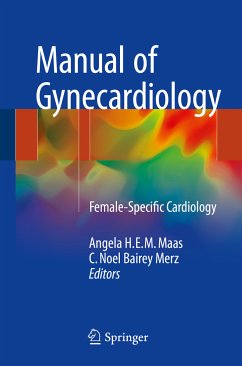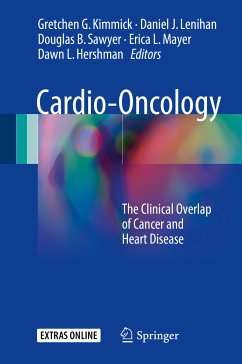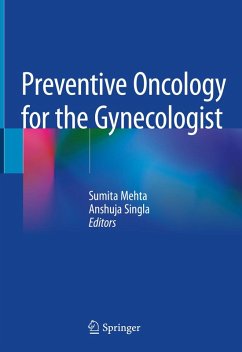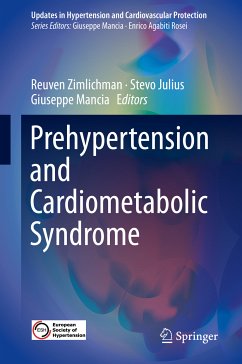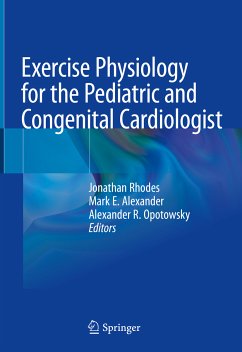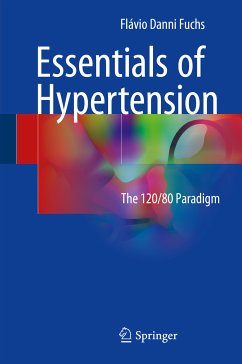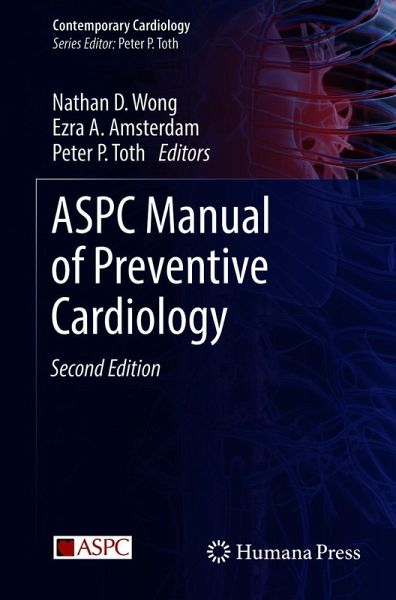
ASPC Manual of Preventive Cardiology (eBook, PDF)
Versandkostenfrei!
Sofort per Download lieferbar
48,95 €
inkl. MwSt.
Weitere Ausgaben:

PAYBACK Punkte
24 °P sammeln!
This second edition provides an updated review on the current guidelines and practice standards for the clinical management of cardiovascular risk factors and prevention of cardiovascular diseases. Endorsed by the American Society for Preventive Cardiology, this practical textbook includes concise descriptions of major and newer risk factors, biomarkers, and best practices in the management and prevention of cardiovascular disease. The manual contains chapters on the epidemiology and risk factors for a variety of cardiovascular diseases including dyslipidemia, hypertension, diabetes, inflammat...
This second edition provides an updated review on the current guidelines and practice standards for the clinical management of cardiovascular risk factors and prevention of cardiovascular diseases. Endorsed by the American Society for Preventive Cardiology, this practical textbook includes concise descriptions of major and newer risk factors, biomarkers, and best practices in the management and prevention of cardiovascular disease. The manual contains chapters on the epidemiology and risk factors for a variety of cardiovascular diseases including dyslipidemia, hypertension, diabetes, inflammation, and ischemic stroke. It examines behavioral factors, psychosocial stress, family history, nutrition, physical activity, smoking, alcohol use, and other sociocultural factors. In addition, the book discusses new imaging strategies in detection of cardiovascular disease, prevention of heart failure, atrial fibrillation, and peripheral arterial disease, and prevention for special populations. Throughout the manual, recommendations are based on guidelines endorsed by the American College of Cardiology, American Heart Association, and other major societies.
The second edition of the ASPC Manual of Preventive Cardiology is an essential resource for physicians, medical students, residents, fellows, nurses, and other healthcare professionals and researchers in cardiology, primary care, health promotion and disease prevention, exercise physiology, and pharmacotherapy.
Dieser Download kann aus rechtlichen Gründen nur mit Rechnungsadresse in A, B, BG, CY, CZ, D, DK, EW, E, FIN, F, GR, HR, H, IRL, I, LT, L, LR, M, NL, PL, P, R, S, SLO, SK ausgeliefert werden.



